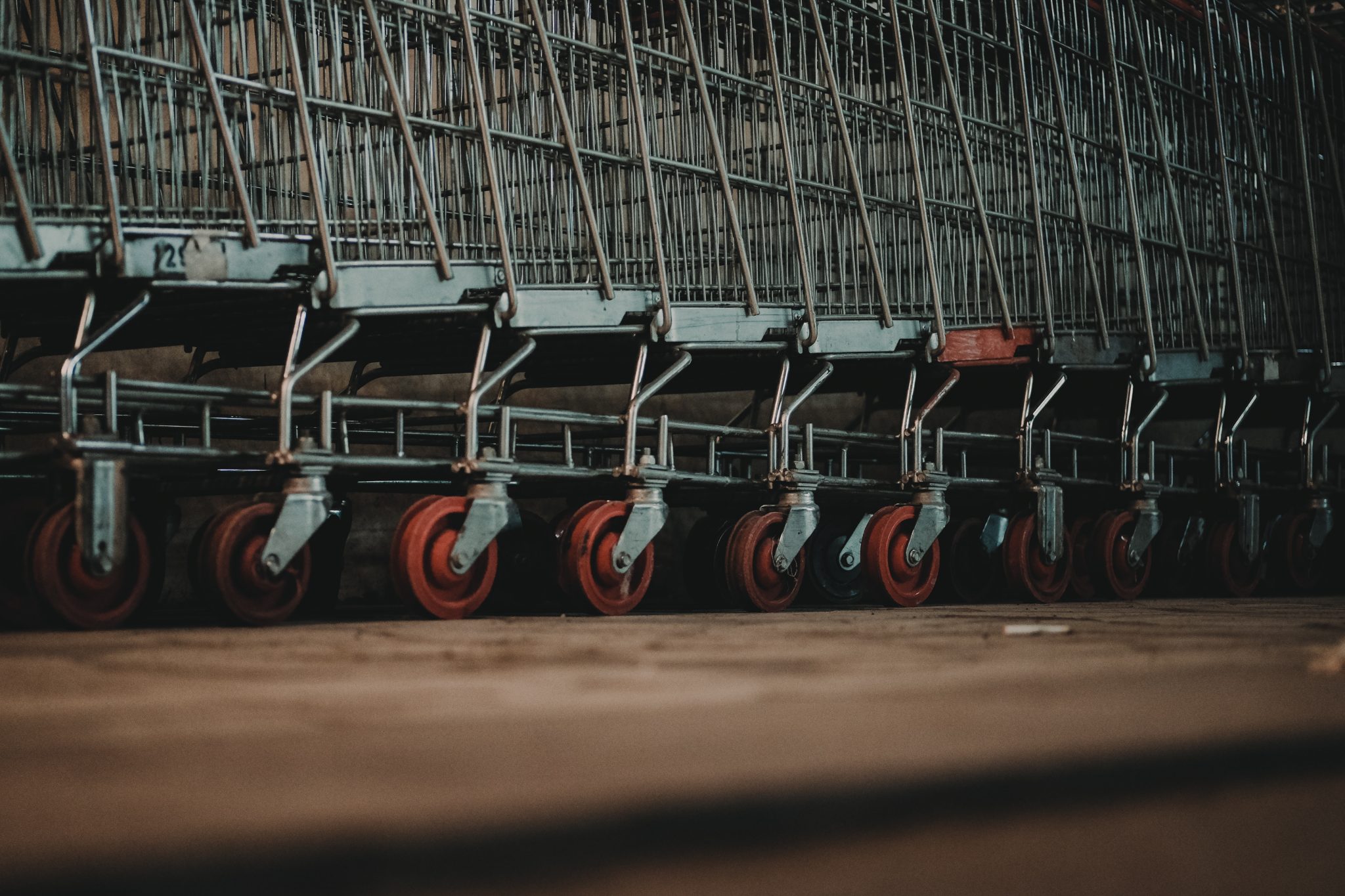The American Class Struggle Playing Out Amid COVID-19
Essential workers and white collar professionals are having very different experiences during the health crisis.

The novel coronavirus pandemic has exposed an acute and widening class hierarchy in American society.
Working class citizens are now being recognized as essential and as the backbone to the country. This same workforce is being asked to report to work, sometimes without proper protection or healthcare benefits, amid a dangerous pandemic.
“At some point, I think, Americans will realize that we are only as strong as our weakest American. So protecting some of us is protecting ourselves.” — Justin Gest, George Mason University
This experience is in stark contrast to wealthier Americans who are able to shelter in place and work from home.
Listen: Will the Pandemic Shift the Class Paradigm in America?
Guests
Justin Gest, public policy professor at George Mason University and the author of “The New Minority,” says the country has reverted to a time when working class Americans are our backbone.
While the pandemic is a great equalizer, says Gest, the experience among Americans varies greatly.
“When your job depends on manual labor, service labor, and simply showing up for work, social distancing is almost out of the question.” — Justin Gest, George Mason
“When your job depends on manual labor, service labor, and simply showing up for work, social distancing is almost out of the question. There is an army of working-class Americans that are providing services. They’re keeping us afloat,” says Gest.
Looking forward, Gest is hopeful that the current health crisis will shift the way people think about class divides in America.
“At some point, I think, Americans will realize that we are only as strong as our weakest American. So protecting some of us is protecting ourselves,” says Gest.
Jennifer Valentino-DeVries, a reporter on the investigative team at the New York Times, says that data collected from peoples’ smart phones shows an overall decrease in movement during the pandemic. The wealthiest populations, however, were completely able to stay home, while the poorest populations showed movement consistent with commuting to and from work amid the health crisis.
“They were happy to still have employment but depending on how much personal protective equipment and benefits their employers were providing, they were pretty scared to be going to work.” — Jennifer Valentino-DeVries, New York Times
Valentino-DeVries says that workers she talked to were pretty conflicted about reporting to work.
“They were happy to still have employment but depending on how much personal protective equipment and benefits their employers were providing, they were pretty scared to be going to work,” says Valentino-DeVries.
Trusted, accurate, up-to-date
WDET is here to keep you informed on essential information, news and resources related to COVID-19.
This is a stressful, insecure time for many. So it’s more important than ever for you, our listeners and readers, who are able to donate to keep supporting WDET’s mission. Please make a gift today.

